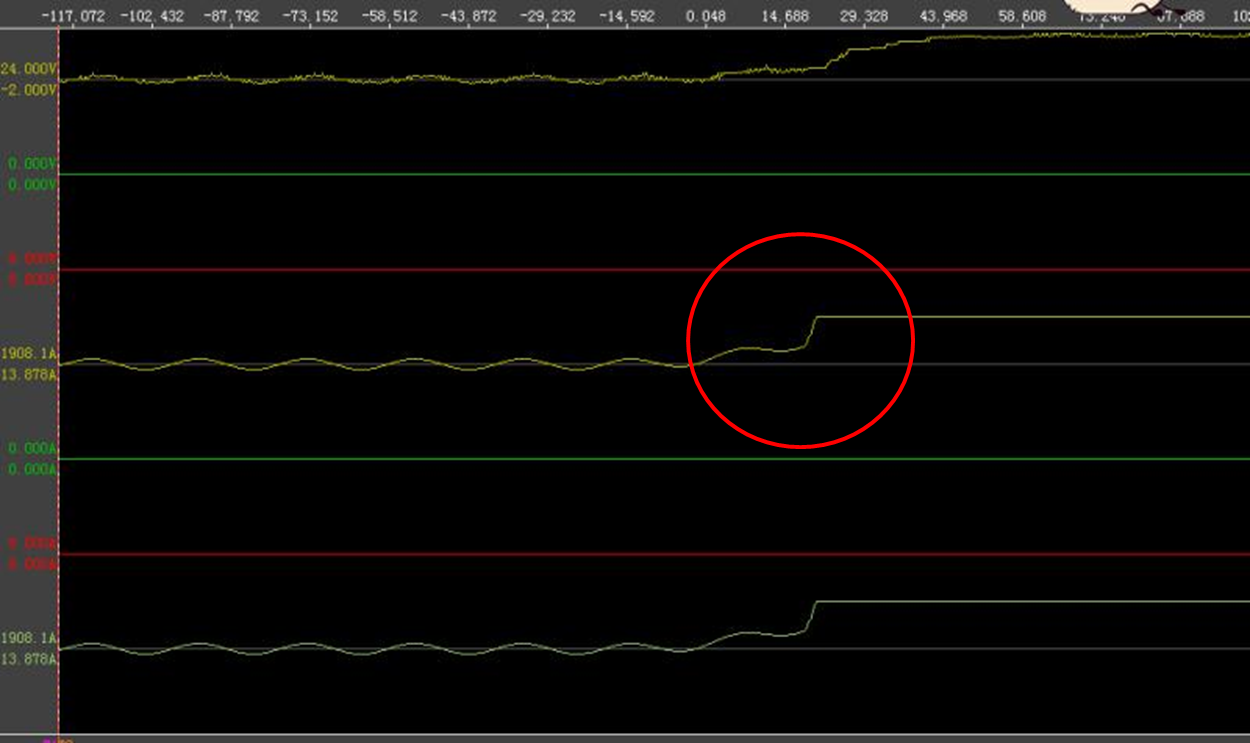Other Parts Discussed in Thread: OPA2379,
Hi team,
My customer is developing a GI product and the product needs to be tested in the magnetic field environment. At first, customer used OPA2379 on the board to do amplifier and buffer. But they found that when the board is under magnetic field environment, the output of OPA2379 drifted away until saturation. please see below picture. And after a while the output returns back to the normal range. This phenomenon repeats periodically. Then customer changed OPA2379 to TLV2333 and found that this issue still happens but it happens less times in a period time than OPA2379. I noticed that in the TLV2333 datasheet, it describes the EMI susceptibility of the input stage filter. Do you think this feature is helpful to this case?
What's more, if we want to totally solve this drift issue in the magnetic field environment, do we need to select the device with robust EMI susceptibility or we still need to use the physical method like adding the shielding case? Thanks.
Best regards,
Wayne


